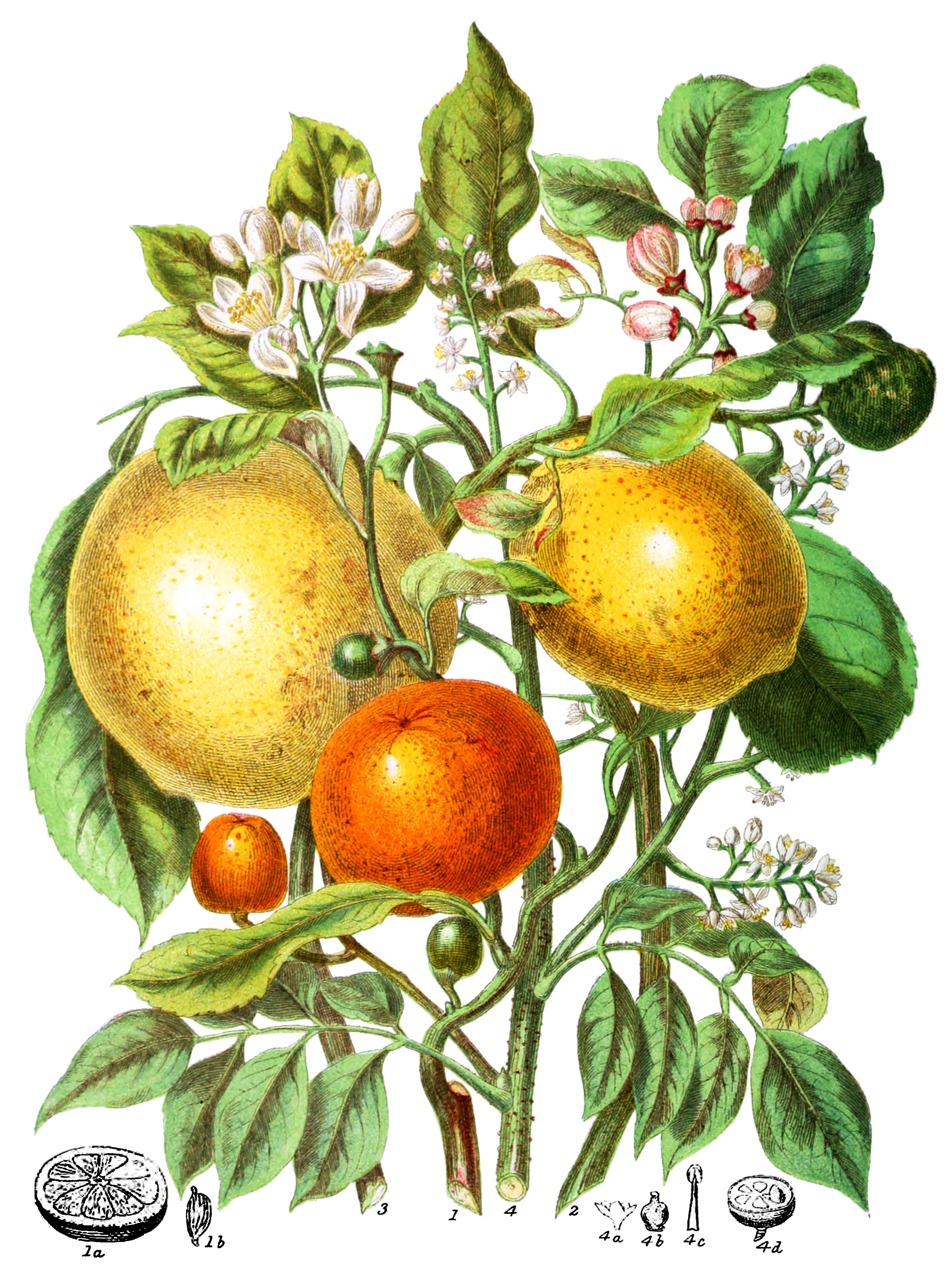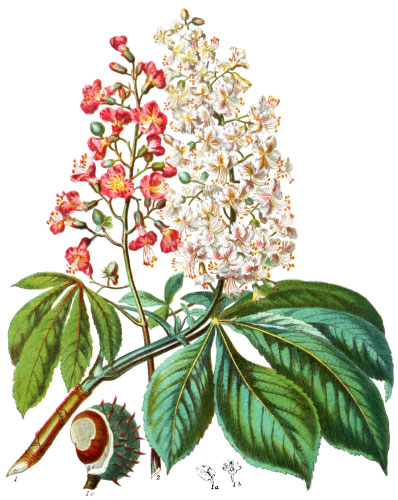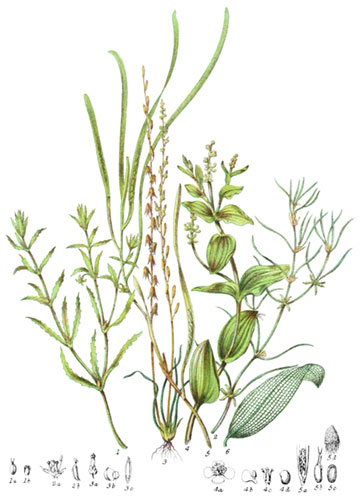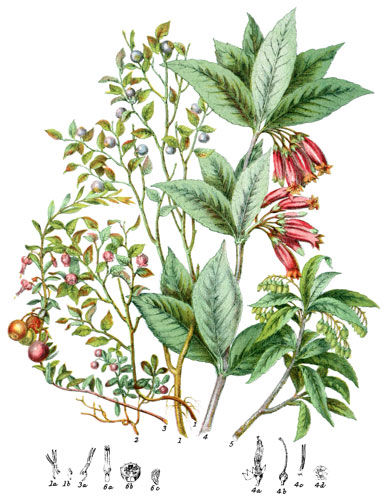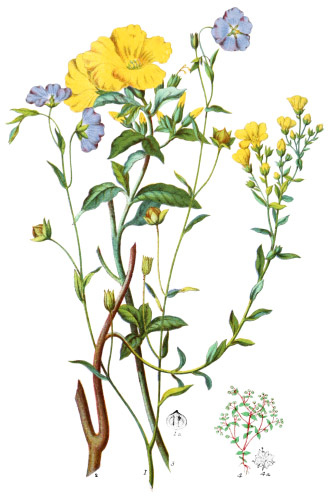Key characteristics
Trees and shrubs, almost always having a smooth surface, and filled in all parts with little pellucid receptacles of volatile oil. The leaves are alternate, often compound, always articulated with the leaf-stalk, which is frequently winged; spines sometimes at the base of the leaf-stalk. The calyx is generally short, of a bell-shape, somewhat adhering to the disk, three or four toothed, and withering. The petals are from three to five, broad at the base, either distinct, or slightly combined, inserted on the outside of the disk of the ovary. The stamens are equal in number to the petals, or twice as many, or some multiple of their number, inserted on the same disk; their filaments are flattened at the base, sometimes distinct, sometimes slightly combined in one or several sets; the anthers are terminal, fixed in the slender summit. The ovary is many-celled, having one style surmounted by a slightly-divided stigma. The fruit is pulpy, with one or more cells, the thick rind sometimes separable from the cells, and full of receptacles of oil; the cells often filled with pulp. The seeds are attached to the axis, either numerous or solitary.
This tribe has several affinities with the Rue tribe, but the consolidated juicy fruit forms an obvious distinction.
The chief characters of the Orange tribe are, the abundant oily receptacles dispersed over all parts of the plant, leaves articulated with their stalks, and succulent pulpy fruit of a golden yellow colour. containing citric and malic acid in various proportions.
Select plants in this order
Not all plants listed are illustrated and not all plants illustrated are listed.
- Citrus, being a striking genus of fruit trees dispersed over many parts of Asia, and extending through the provinces of Asia Minor, towards Greece, was early known to the ancients under various forms; yet none appear to have been cultivated by the Romans. It is supposed to have given the idea of the Golden apples of Hesperides, and tradition even attributes the Forbidden fruit of the garden of Eden to one of its species. The numerous kinds of Citrus are remarkable for their bright evergreen foliage, highly odiferous flowers, and brilliant, refreshing fruit, the rind of which is aromatic and bitter.
- C. medica, the citron (2), is said to have been first introduced into Europe from Media, and cultivated in Italy by Palladius in the second century. It is now grown throughout Southern Europe, and in the West Indies. The acidity of its large fruit renders it unfit for food until preserved with sugar.
- Plants of C. aurantium, the sweet orange (1), were brought to England in the reign of Queen Elizabeth, since which time it has been considered the favourite object of interest in conservatories, although of late years the great accession of exotics has in some degree displaced it. In Portugal and the Azores the climate is extremely favourable to it; the flowers continue to come forth during the summar, thus ripe fruit are mingled with them on the same tree, giving it a very beautiful appearance. The produce of fruit is must abundant: one tree has been known to bear 27,000 oranges in the year.
- C. vulgaris, the Seville orange, id distinguished for the extreme bitterness of its rind.
- C. nobilis, the Mandarin orange, is much eaten in China.
- The Kum-quat, C. japonica, is about the size of a gooseberry: a small quantity are preserved in sugar at Canton.
- Possessing the valuable property of ripening after being gathered, the orange is capable of being transported to a considerable distance, and thus enjoyed in its natural freshness by the inhabitants of colder climes. The perfumed oil known as Bergamot is obtained from the rind of a variety of orange grown at Bergamo in Italy.
- C. Limonum, the Lemon (3), ranks amongst the most valuable of all fruits, the sharp yet agreeable acidity of the juice making it available for various useful purposes. It is extensively cultivated in Sicily and other countries of the Mediterranean.
- C. decumara, the Shaddock, the pulp of which is pink; and C. Limetta, the Lime, are esteemed in the West Indies, where they have been introduced from China.
- Cookia punctata (4), the Wampee of China and the Isles of the Indian Archipelago, commemorates the name of Captain Cook.
- Ægle Marmelos is considered an exquisite and nutritious fruit by the Dutch in Ceylon; the root, leaves and bark afford medicine to the natives of Malabar, and the astringent rind yields a yellow dye, used by the Hindoos.
- Feronia elephantum is the elephant apple of Coromandel; an useful gum eudes from the bark, and the wood is hard and durable.
- Limonia Laureola, of the Himalaya, is the only species of this tribe known to inhabit lofty mountains, where the snow remains for some months of the year; its fragrant leaves are used in the religious ceremonies of the natives.
- Glycosmis and Triphasia both produce agreeable fruit.
Locations
Almost exclusively natives of the east Indies, whence some have spread over Tropical countries; two or three species belong to Madagascar; one is described from the forests of the Essequibo in South America.
Legend
- Citrus aurantium, Sweet Orange. China.
- Cross-section of Fruit.
- Seed.
- Citrus medica, Citron. Asia.
- Citrus Limonum, Lemon. Asia.
- Cookia punctata, Wampee. China.
- Calyx.
- Pistil.
- Stamen, magnified.
- Section of Fruit.
Explore more
Posters
Decorate your walls with colorful detailed posters based on Elizabeth Twining’s beautiful two-volume set from 1868.
Puzzles
Challenge yourself or someone else to assemble a puzzle of all 160 botanical illustrations.
